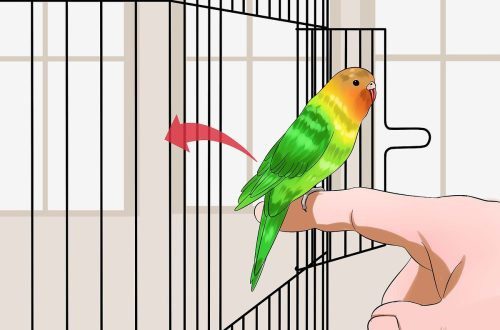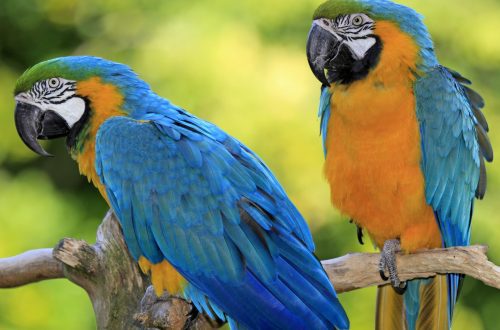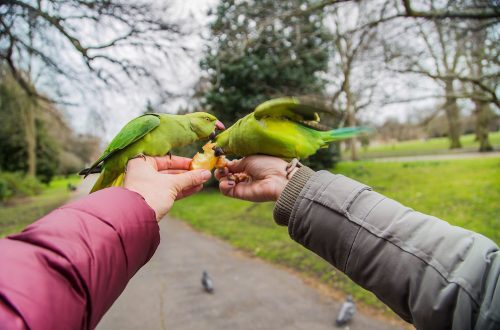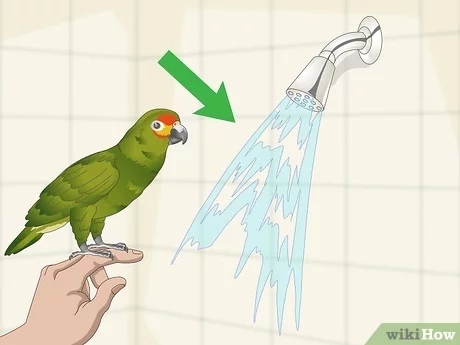
Bathing a parrot: is it necessary and how to do it right?
Parrots, like other types of pets, can independently maintain their cleanliness. But that doesn’t mean they don’t need our help. Birds are very fond of swimming in the water and our task is to ensure their safety during bath procedures. To prevent your pet from getting injured, you need to follow safety precautions. Now we will tell about it.
Feathered pets do not need daily bathing. They are naturally clean and clean their feathers with their beak. However, it is useful to bathe them from time to time. Each owner decides for himself whether to arrange bath procedures for his baby or not.
Why is bathing good for parrots?
Parrots, in principle, like to wet their wings and sort out feathers.
During bathing, all impurities are washed off the pet. Including house dust, which can cause allergies.
Bathing is the prevention of the appearance of external parasites (ectoparasites) in parrots.
Sauna procedures help maintain the health and beauty of the skin and feathers.
In the hot season, water can prevent your pet from overheating.
But pay attention, the parrot itself must allow you to perform such procedures. You shouldn’t force him.
If you notice that when in contact with water, the pet is frightened and tends to fly away, stop the procedure. Don’t worry, there are other ways to moisturize and clean your pet’s feathers.
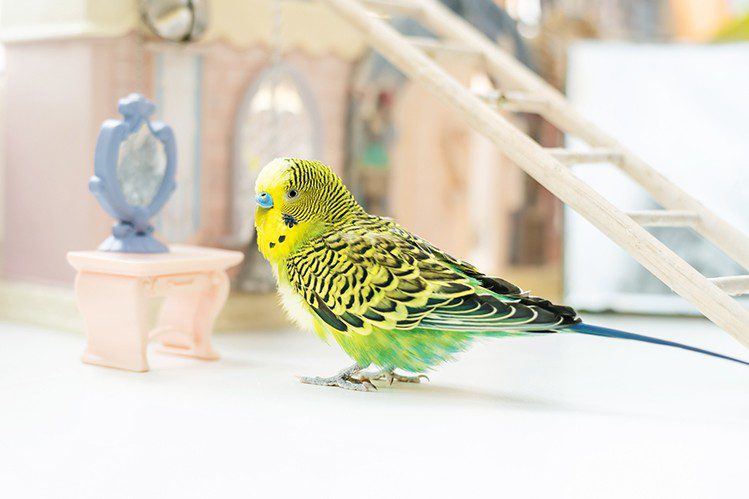
The frequency of bathing depends on many factors. Let’s figure it out.
- In the cold season, bathing should be carried out no more than once a month. If the air in the room is dry enough, and you see that the pet needs to moisten its wings, then increase the number of water procedures to once every one to two weeks.
- In summer and in hot weather, give your budgerigar free access to a bathing suit.
If the pet has health problems or is not feeling very well, bathing should be postponed.
On days when the parrot is not even in the mood to communicate with you, you should not try to wash your pet. Violent water treatment can cause stress for the bird.
The same applies to the first days in a new home. Wait until the pet gets used to it and makes contact on its own. The trust of the parrot plays a huge role in such a matter.
To determine whether a pet needs a bath or not, look at its behavior. Active games involving drinking bowls are a vivid example of the desire to swim.
In order for the parrot to be able to feel comfortable in the water, it is necessary to carry out a little preparation.
- After getting to know your pet, wait until friendships are established between you.
- Carry your pet on your shoulder when washing your hands or washing dishes. Let the bird listen to the sounds, come closer to the water, try to touch it.
- After making sure that the parrot is interested in the process, place a container filled with water next to it.
- Wait for your pet to start playing and bathing. Don’t force him into the water.
- Place toys and food nearby. So the pet will understand that there is nothing wrong in his actions and will be happy to repeat the procedure next time.
Please note that not all parrots like to swim in a filled container – a bathing suit. Some people enjoy splashing under the water.
When bathing budgerigars at home, you need to follow the safety precautions:
Close all windows in the house and turn off the air conditioners.
Observe the temperature regime not lower than 22 ° C.
Lightly darken the room.
Water for bathing a parrot should be at room temperature. By the way, various decoctions of herbs can be added to the water in the bathing suit as an antiseptic.
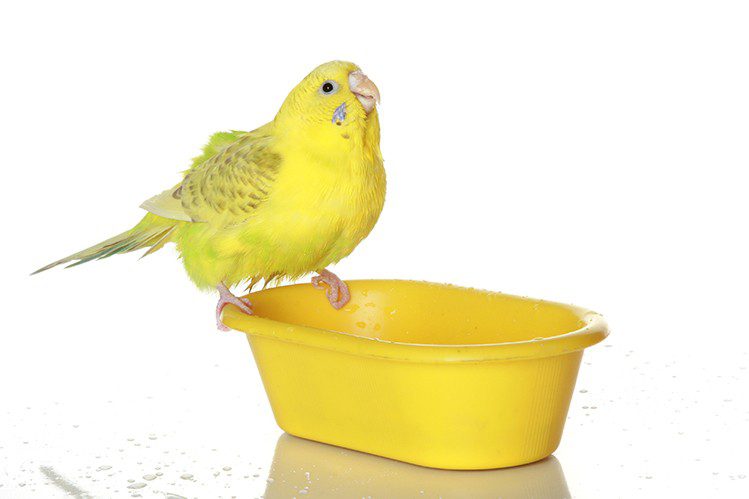
- Spray.
Suitable for birds that are not afraid of sudden movements. Before washing, make sure that the water temperature is at least 25°C. The duration of the procedure should be no more than 15 minutes. If the pet feels pleasure, it can be longer. Spray water at a distance of 25-30 cm from your pet. After washing, dry the cage and let the feathered comrade dry.
- Special bath.
Bathing containers can be purchased separately or together with the cage. In order for the pet to learn how to use it for its intended purpose, you can put a mirror and transparent toys on the bottom. While playing, the parrot will learn how to use the device for its intended purpose. After bathing, be sure to replace dirty water with clean water and dry your pet under a lamp.
- Wet greens.
For this original method, moistened lettuce leaves are suitable. Put them on the bottom of the cage and pour some water on them. In the process of pecking greens and playing, the baby will rub against the leaves and thus wet the feathers.
- Water jet or shower.
This method is suitable for tame parrots in homes with high-quality water. Turn on a thin stream of water and bring your palms to it. Most likely, the parrot will follow your example and he will want to wet his feathers. The main thing is that the splashes are not sharp and strong.
At the end of the procedure, dry the pet under the lamp.
If your pet is afraid of water or the house is very cold, mineral sand is a great alternative. But you need to buy it exclusively at the pet store. This way you can be sure that the sand is clean and safe.
Pour sand into a container (bathing) and put toys in it. Most parrots love this way of cleaning their feathers. They have fun playing and wallowing in the sand, as a result, the feathers are effectively cleaned.
By teaching your pet to swim in water or sand, you take care of his hygiene and give another option for a pleasant leisure time. Enjoy his joy!



